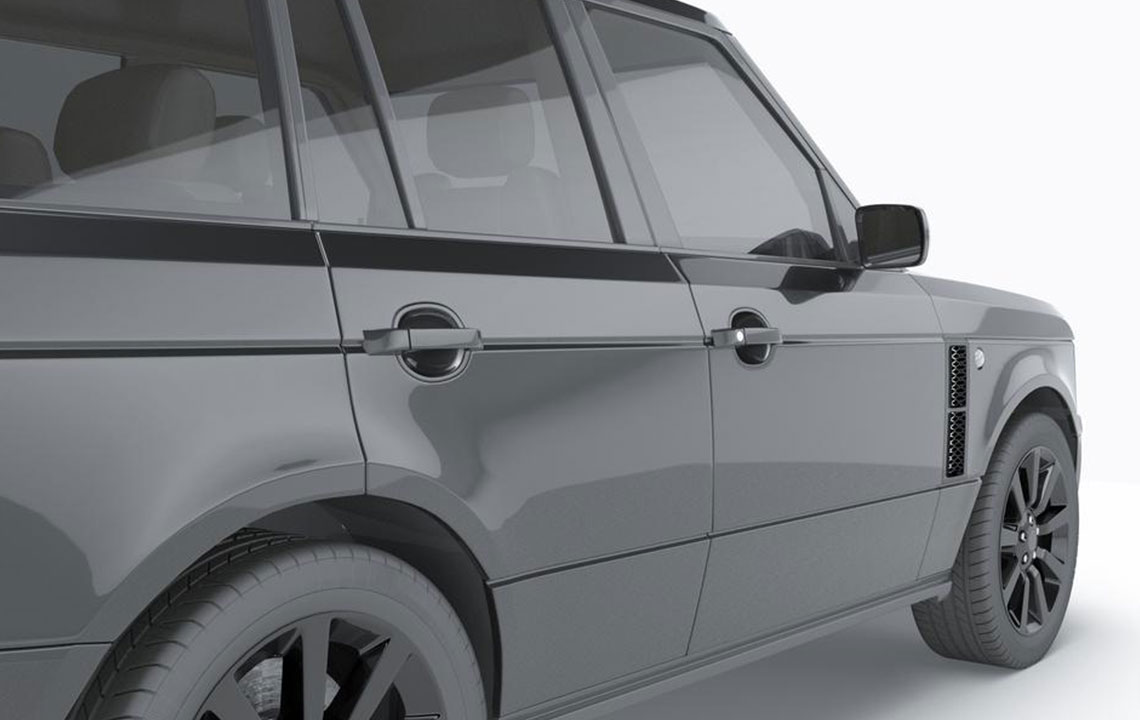Comprehensive Guide to Differentiating SUVs from Compact SUVs: What You Need to Know
Discover the comprehensive differences between SUVs and compact SUVs in this detailed guide. Learn about their construction, features, and which vehicle suits your lifestyle best. Make informed choices for urban driving, off-road adventures, or family needs by understanding these key distinctions tailored for modern consumers.

Understanding the Key Differences Between SUVs and Compact SUVs
In the automotive world, the terms SUV and compact SUV are frequently used, yet many consumers find themselves confused about what truly sets these vehicle types apart. Clarifying these differences is essential for prospective buyers to make well-informed decisions, ensuring their chosen vehicle aligns with their lifestyle, preferences, and financial considerations. Whether upgrading to a more spacious family vehicle or seeking something more maneuverable for city driving, knowing the distinctions can help avoid misconception and streamline the purchasing process.
At the heart of their differentiation lies the construction and design philosophy. Compact SUVs, often referred to as crossovers, are built with unibody construction, where the body and chassis are integrated into a single cohesive unit. This design approach resembles that of traditional passenger cars, resulting in a lighter, more fuel-efficient, and more comfortable ride. Their unibody architecture provides smoother handling and better ride comfort, making them ideal for daily commutes, long drives, and urban environments.
Traditional SUVs, on the other hand, are built on a body-on-frame chassis, a design inherited from trucks and off-road vehicles. This construction involves mounting the body onto a separate, rigid frame, which offers enhanced durability and off-road capabilities. Because of this rugged build, traditional SUVs are generally more suitable for heavy-duty tasks, towing, and navigating challenging terrains. Vehicles such as the Ford Explorer, Jeep Grand Cherokee, and Toyota Highlander are popular models that blur the lines—some with unibody construction while others retain the classic body-on-frame architecture.
Moreover, in recent years, the automotive industry has seen a significant shift, with many manufacturers rebranding their vehicles to appeal to a broader market. The terminology of crossover and SUV is often used interchangeably, further complicating consumer understanding. Many cars marketed as compact SUVs or crossovers now boast fuel-efficient engines, sleek aesthetics, and versatile features that cater to urban dwellers and suburban families alike.
It’s a common misconception that SUVs are merely larger, less fuel-efficient vehicles meant solely for off-road adventures. However, modern automakers have adapted to changing consumer priorities by developing vehicles that blend rugged charm with practicality and economy. This evolution has resulted in a new category of vehicles that combine the aesthetic appeal, comfort, and efficiency of cars with the toughness and versatility traditionally associated with larger SUVs.
In summary, understanding the core differences between SUVs and compact SUVs empowers buyers to select vehicles that best fit their needs. Whether prioritizing off-road adventures, optimal city maneuverability, or fuel efficiency, recognizing the construction type and intended use of each vehicle type is crucial for making an informed choice. By paying attention to these aspects, consumers can find the perfect fit for their lifestyle while ensuring they get value for their money.





